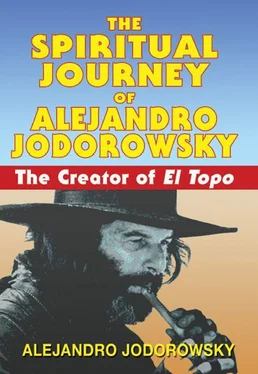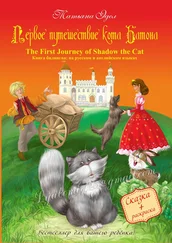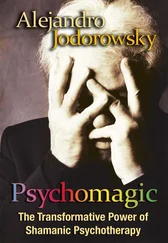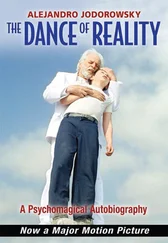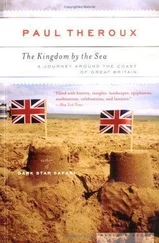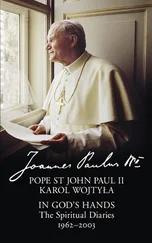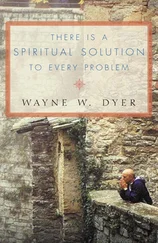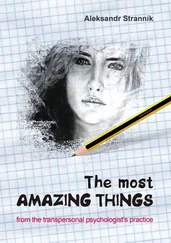Under the Franco regime, writers were treated as lowly workers, receiving no royalties and only a meager salary. They were required to arrive at an office early in the morning and to work for ten hours at a stretch. When Francisco returned home, having spent the whole day writing plots for comic books and working on the publisher’s accounting as well, he worked on his Silver Kane books. Very late in the night, he spent time on what he really wanted to write: books that he could sign with his real name. He was also assigned the task of researching the American West. His integrity caused him to refuse the temptation to use the same theme twice, and he always based his books on historical facts. Furthermore, he found time to study for the exam that allowed him to earn a diploma of attorney, a profession at which he succeeded brilliantly. When I asked this titan how he was able to accomplish all this (to say nothing of being married with children), he replied: “By sleeping very little — almost not at all.”
The publisher’s rules for his Silver Kane work were so extreme that if he did not hand in his manuscript when the office opened on Friday mornings, he could lose his job. One night, when there was an electrical failure, he sat on the roof and wrote by the light of the moon.
He wrote these cowboy adventures with total humility; he harbored no hope that they would attract educated readers, knew they held no possibility of expounding at length on the deeper aspects of thought, and understood full well that these works would be despised by literary critics. Furthermore, he knew that they would enable him only to survive and never to become rich. This attitude is strangely akin to the philosophy of certain Zen proverbs: “Act without any final goal,” “Do your best at whatever holds your work,” “Seek not perfection, but authenticity,” “Discover the inexhaustible in the silence of the ego,” “Abandon all will to power,” “Practice day and night, without sleeping.”
This is why I have selected phrases from Silver Kane as epigraphs at the beginning of each chapter in this book. They have the same direct language as Zen koans, a purity where rational calculation has no place. Both tragic and comic, they exude the perfume of enlightenment.

Many people know nothing of koans, and even those who do know do not accord them their essential importance. A koan is a question that a Zen master gives to a disciple who is then to meditate and reflect upon it and (sometimes immediately, sometimes years later) offer a response. A koan is an enigma that holds a fundamental absurdity, for it is impossible to reply to one by using logic. And this is precisely its purpose: to open our initial point of view to the universal so that we understand that the intellect (words, words, words, and still more words) is useless in helping us find a response. In fact, we do not really live in the world; we live in a language. We think that we are intelligent because we can manipulate ideas and that things become known and real because we are able to define them — but if we really want our life to change, we must undergo a mutation of the mind, opening the doors of intuition and creative energies so that our unconscious becomes an ally.
Some students take twenty years to find the right response to a koan. Others, instead of searching for a response that engages every aspect of their being (a response far more complex than the words of ordinary language), choose to identify with their intellect, offering a response that is actually a clever explanation. They then imagine that they have become Zen masters because of their cleverness. If our response to a koan leaves us as we were before, then we have resolved nothing. To truly resolve a koan is to undergo a mental cataclysm that causes our worldview, our psychic stance, and any sort of self-concept to crumble, precipitating us into the void — a void that engenders us, enabling us to be reborn freer than before and, for the first time, to be in the world as it is instead of as we have learned it is.
In a certain book on personal development (which I shall refrain from naming) the writer, a Zen disciple, receives a koan from a woman master: “How can you get a goose out of a bottle without breaking the bottle or hurting the goose?” Faced with the student’s total perplexity, the master offers this response: “The easiest way to get the goose out without hurting it is to put the bottle on its side, and place some food outside the opening. Then the goose will simply walk out of the bottle. After all, this koan never mentions how large the opening is, so there’s no reason to assume it’s too small for the goose to pass through easily.” Such an answer serves to show only the student’s stupidity — or cleverness. . but the purpose of a koan is not to test a student’s cleverness. This so-called master cheated by imagining a bottle without a narrow opening. If that was the case, the goose would not be trapped in the bottle in the first place and could enter and leave as it pleased. In the real Zen tradition, the student spends days or months trying to resolve this enigma. One day, he appears before the master, beaming with joy:
“I’ve finally solved the koan!”
“How?” asks the roshi (spiritual leader).
“The goose is out!” exclaims the student.
The goose is a living principle enclosed by rigid, inert limitations. This answer shows that the disciple has actually freed himself from his logical intellect, which separated him from the totality of life to which his being belongs.
But the writer of this book on personal development is convinced he understands it all. He poses to his readers (in rather awkward terms) one of the most classic koans: A monk says to his student, “Observe, my dear student, the sound of a clap,” and the old master claps his hands. Then, watching his student attentively, he says: “Now, dear student, can you demonstrate for me the sound of only one hand clapping?”
Again, the author proposes an extremely naive solution: “We begin with the assumption that it is impossible to clap without using two hands. Yet the sound of a clap can in fact be produced by only one hand whipping the fingers quickly against a part of the palm. . I suggest that the reader practice this movement as if he was playing castanets. He will observe that this can produce the sound of a clap made by only one hand.”
Is this supposed initiate trying to tell us that in order to solve one of the most famous of all Zen koans, it helps to be a good castanet player? We cannot resist conjuring up the image of a severe, ancient Zen master whipping out a sword, cutting off both this initiate’s hands with a single blow, and then asking: “Now what is the sound of no hands clapping?”
I have written this book in an attempt to give an accurate explanation of the nature of the struggle that allows us to understand koans and the beneficial change that occurs when we truly resolve a koan. It is also a summary of the first five years I spent in meditations guided by the most honest human being I have ever known.
1. “Intellectual, Learn to Die!”

“But what hells, what roasted vultures, what sizzled coyotes does this imply?”
SILVER KANE, CARA DURA CITY
The last time I saw Master Ejo Takata was in a modest house in one of the overpopulated suburbs of Mexico City. There was a room and a kitchen, no more. I had come there seeking consolation, my heart broken by the death of my son. My pain was so great that I did not even notice that half the room was filled with cardboard boxes. The monk was busy frying a couple of fish. I was expecting some sort of wise discourse on the nature of death: “We are not born, we do not die. . Life is an illusion. . The Lord giveth and the Lord taketh away, blessed be the name of the Lord. . Do not think of his absence; be grateful for the twenty-four years when he filled your life with joy. . The divine droplet has returned to the original ocean. . His consciousness is dissolved into blessed eternity. . ” I had already been telling myself such things, but the consolation I sought in these phrases had given my heart no peace.
Читать дальше
